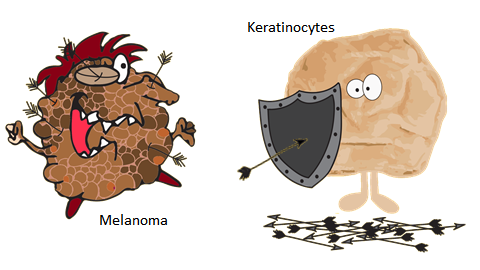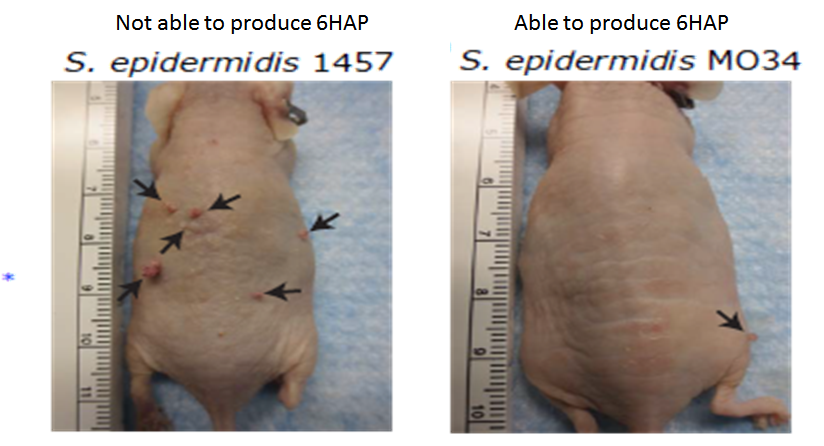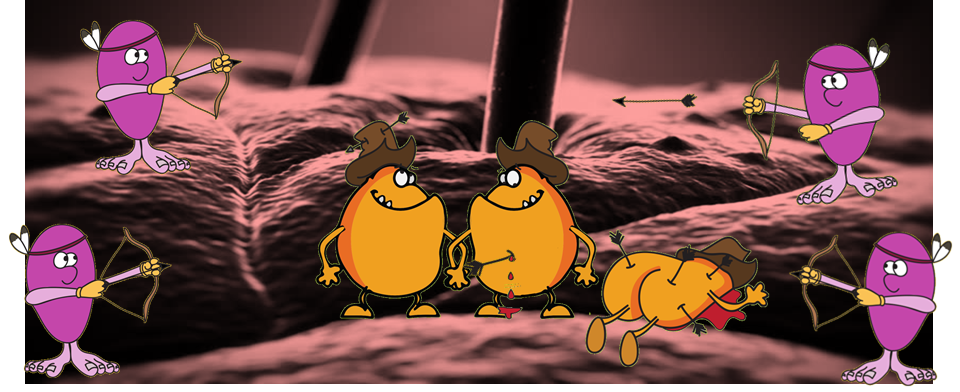Click to listen to the audio…
Protect yourself from skin cancer by applying ancestral sun screen

Skin cancer is a growing problem, since our ancestors didn’t use sun block, how did they not succumb to damaging UV rays ? Their secret – protective skin residents.
I am a BIG BELIEVER in sun exposure and make the effort to expose myself, as often as possible.
But………..
UV rays can AND do, zap up a whole lot of trouble.
And, more and more people, seem to be at the receiving end of this trouble. Skin cancer stats are sobering…………….
So what gives ?
Our ancestors didn’t use sun block.
Now, odds are, they were probably also, a whole lot smarter about their sun exposure, than some modern humans are. Sun “worshipping” was more figurative, than literal……
But they would not have been impervious to damaging UV rays.
So how did they stay safe in the sun ?
Well, maybe they were using sun block. This is what a group of researchers, based in the Dermatology dept at the University of California, San Diego, think.
The sun block they used, was not zinc oxide or some other synthetic chemical, it was a chemical, produced by a skin resident.
The resident with the super power, Staphylococcus epidermidis.
The skin microbiome
Now, just like the human gut, is teaming with microorganisms, so is the skin. As a habitat, it is a little dry, but there is plenty to eat.
And just like the gut, there are good guys and bad guys.
They’re fighting it out for a place in the sun and shade.
Fighting for ground
Now one of the epic battles is that between Staphylococcus epidermidis, a good guy and group A Streptococcus, a seriously bad guy.
It was this battle that the team was busy studying.
They found, Staphylococcus epidermidis produced a rather unusual chemical, they knew it wasn’t a protein. It took some fancy chemistry to work out, exactly what it was………
It ended up being a nucleobase analog, named 6 N-hydroxyamine purine or 6HAP for short.

As a purine analog…………
It jams DNA synthesis
It is able to do this, because it looks a lot like adenine, this is one of the four nucleotides that create the genetic code of DNA.
When DNA is being made, adenine, needs to be slotted in place.
Because 6HAP, looks like adenine, it creates confusion. The DNA polymerase enzyme picks it up, instead of an adenine and slots it in, but it doesn’t fit properly.
DNA synthesis stops.
This is a big problem, if you’re a competing bacteria and if you’re a rogue cell…….
Rogue cells are vulnerable
Inspired by the fact that nucleobase analogs are used to treat cancer, the team explored how human cells, reacted to 6HAP.

They found, keratinocytes i.e. normal skin cells, didn’t mind being flushed with 6HAP, one little bit.
DNA synthesis proceeds normally.
The reason, these cells have a special set of enzymes, that removes the 6HAP, before it gets up to mischief.
But melanoma cells, these are cancerous skin cells, DO MIND.
Stopping cancerous cells in their tracks
It turns out, when they get flushed with 6HAP, their DNA synthesis, screeches, to a halt.
When the team injected mice with melanoma cells and then treated them with 6HAP, there was a 60 % reduction in the growth of the tumour.

A 60 % reduction in number of melanoma cells, implanted into mice, following treatment with 6HAP. Copyright 2018 Nakatsuji Tet al.
Bacteria as sun screen
Having demonstrated the ability of 6HAP to rein in skin cells gone crazy………….
The team looked to see whether, having Staphylococcu epidermidis as a resident, might be able to protect mice from serious UV damage. They found animals colonized with 6HAP producing strains, were protected.

This is a shot of SKH-1 hairless mice treated with DMBA, a carcinogen, followed by repeated UV-B irradiation after 12 weeks.. Copyright 2018 T Nakatsuji et al.
The bacterial sun screen clearly works………..
Lather it on
The research team have big plans to develop a bacterial sun screen.
But this is years away.
And no one knows for sure, if it will or won’t work.
What about now ?
You’re probably already using bacterial sunscreen………..and if you’re not, you can !
They’re skin residents
Odds are, you’ve got Staphylococcus epidermidis living on your skin. And, there is a pretty good chance, some of your Staphylococcus epidermidis are able to produce 6HAP. That is what the team found, when they looked for these bacteria on the skin of 18 healthy volunteers.

Heat map showing relative abundance of putative S. epidermidis strains producing 6-HAP in the metagenome of skin microbiome samples from 22 distinct body sites of 18 healthy subjects. Copyright 2018 T Nakatsuji et al.
The darker yellow the block, the more bacteria are present.
Only two people had no trace of this bacteria., everyone else had some, some more than others.
Why the difference ?
Encourage residence
We live in a world where being squeaky clean is prized………..
Could our obsession with “germs” be leaving us vulnerable ?
This research suggests, it time to start thinking about nurturing the bacteria that live on your skin – they’re part of your defence system. They’re not just defending you from skin infections, they might also be protecting you from skin cancer.
Keep yourself clean using water.
Not soap and water.
Further reading
Anti-bacterial products actually make it easier for bacteria to move in
Folks who have detectable levels of triclosan, are a lot more likely to be colonized by Staphylococcus aureus, putting them at an increased
Are today’s kids too clean for their own good ?
Rub a dub dub – your kid is SPARKLING CLEAN. Too clean ? Maybe. The SPARKLING CLEAN kids are full of cleaning chemicals and allergies.
What does your skin and pickled cucumbers, have in common ?
Skin cells, work closely with the immune cells to keep the border closed. The same techniques humans use, to keep unwanted bacteria out……. THEY PICKLE THEM




